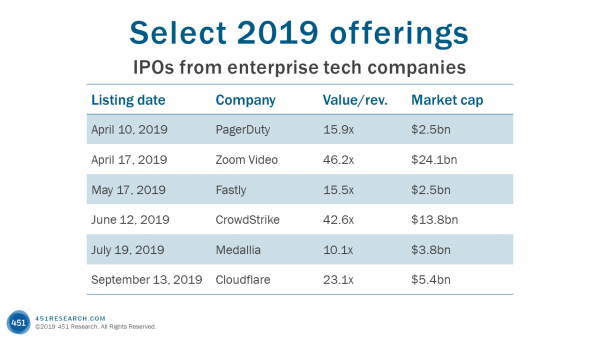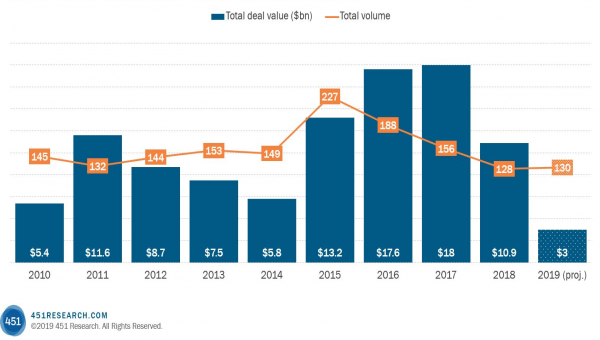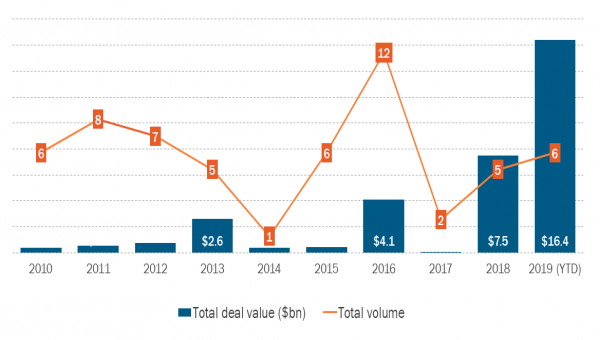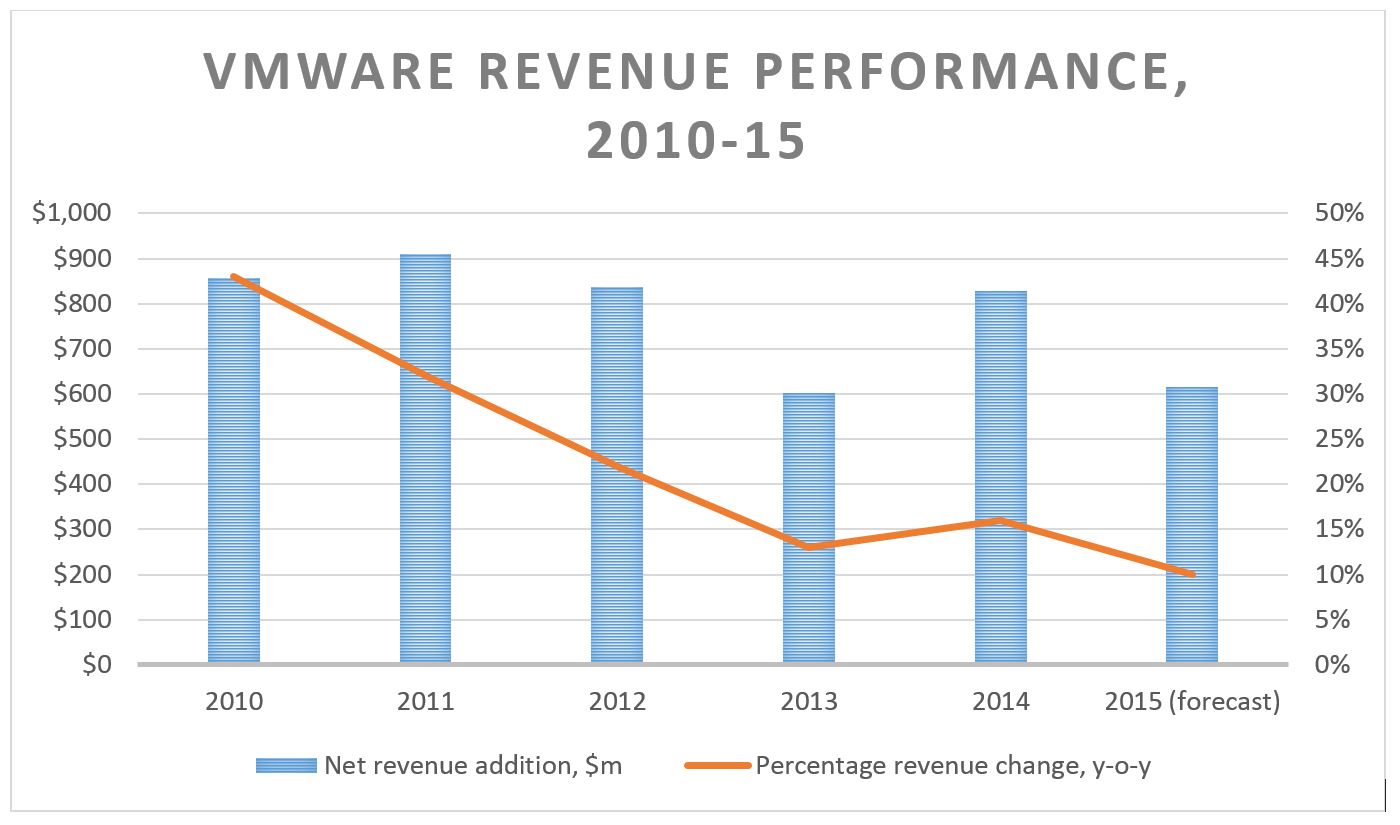Contact: Brenon Daly Simon Robinson
Announcing the largest tech deal since the Internet bubble burst, Dell plans to pay approximately $63.1bn for EMC. The debt-laden combination would create a sprawling IT giant with multibillion-dollar businesses in many of the primary enterprise technology markets, including storage, information security, IT services, servers and PCs. (For context, the combined Dell-EMC entity would be larger than Hewlett-Packard Enterprise (post-split), NetApp, Juniper Networks and Symantec combined.) Dell’s bold transformational transaction is not coming cheap, however. The company is valuing EMC significantly more richly than it valued itself when it went private two and a half years ago.
Further, Dell’s relatively pricey bulking up comes at a time when a number of rival enterprise IT vendors are slimming down. More to the point, several of these competitors are unwinding earlier blockbuster acquisitions they made in hopes of staying more relevant in a shifting IT market. The arrival of the public cloud has siphoned off billions of dollars that once flowed unimpeded to Dell, EMC and other first-generation technology firms. However, IT customers increasingly lack the appetite to buy, install and manage dozens of ‘piece parts’ and mold them into a cohesive whole. As a result, we can look at the combination of Dell and EMC as essential if the traditional IT model is to survive the onslaught from public cloud providers, most notably Amazon Web Services.
Though Dell has been on a path to build a ‘better together’ story for almost a decade, it clearly hasn’t been enough. In its effort to buy its way out of the commodity PC business, the company stitched together a patchwork of properties. However, the resulting ‘big picture’ has still not materialized. Dell has lacked a core focus point, as well as the heft and scale in any one market to dominate. Further, it has so far not sufficiently penetrated the large enterprise segment, or moved beyond its two longtime key verticals of healthcare and the public sector. Against this backdrop, it’s easy to see the attraction of EMC, which brings large enterprise credibility in storage, perhaps the industry’s most focused and effective sales operation and, in VMware, still one of the most strategic entities on the market.
EMC’s attractiveness also shows through in the valuation that Dell is paying, if not when viewed against the broader tech M&A market than certainly when put against Dell’s own worth. According to terms, Dell is paying 2.5x trailing sales and 11.5x trailing EBITDA for EMC. For comparison, in orchestrating the take-private of his namesake company, Michael Dell and his consortium paid just one-quarter the price-to-sales multiple of EMC and half the cash-flow multiple. Dell’s LBO, which stands as the third-largest private equity tech transaction in history, valued the company at just 0.5x trailing sales and 5.2x trailing EBITDA.
Look for a full report on the proposed Dell-EMC pairing later today on our website and in tomorrow’s 451 Market Insight.
For more real-time information on tech M&A, follow us on Twitter @451TechMnA.




